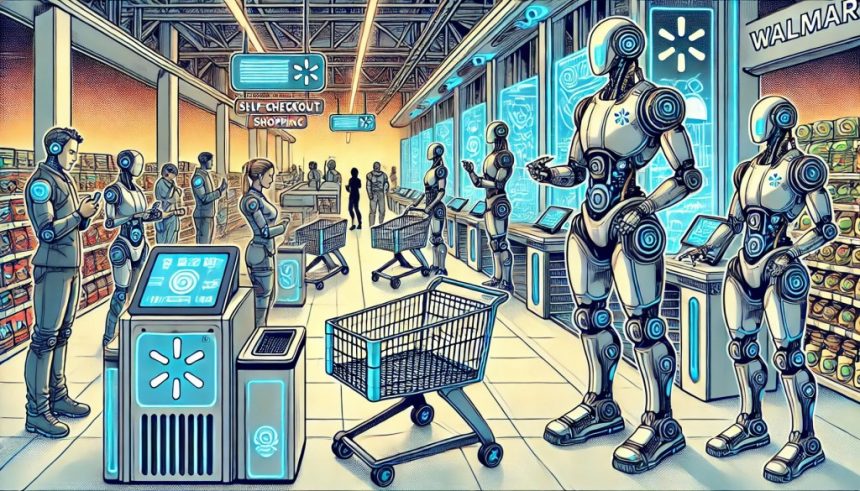Walmart Explores AI Innovation with New Language Model "Wallaby"
Retail giant Walmart is stepping into the future of artificial intelligence (AI) with its latest development—a large language model (LLM) named Wallaby. Designed specifically for the nuances of the retail environment, Wallaby is currently undergoing extensive testing to ensure it effectively caters to the needs of Walmart’s employees and customers alike.
Wallaby is more than just an ordinary AI tool; it’s trained on decades of Walmart’s data, ensuring that it understands the unique communication styles of both staff and shoppers. Desirée Gosby, Vice President of Emerging Technology at Walmart Global Tech, expressed the company’s commitment to refining Wallaby before it becomes available to a broader audience. "Wallaby is not being used yet because we are testing it quite heavily internally, especially with our associates," Gosby noted. "Over the next year, we’ll start to leverage it."
While the initial applications of Wallaby are expected to be consumer-facing, it is poised to play a pivotal role in a suite of proprietary models Walmart plans to implement in its digital strategy. Creating an internal language model offers numerous benefits, particularly as Walmart leverages its vast reservoir of customer, employee, and operational data to train Wallaby, positioning itself as a frontrunner in retail technology innovation.
Walmart is not alone in its AI journey. The company adopts a multi-layered approach to integrating technology, allowing it to utilize various models—both proprietary and third-party—via its advanced platform named Element. This flexibility not only enables the retailer to employ the most effective solutions for specific challenges but also makes it adaptable in a rapidly evolving landscape. “At the end of the day, it’s really going to come down to what problems we’re trying to solve,” Gosby explained, referring to their strategy of mixing models to optimize results.
Venturing into this tech-forward era, Walmart has been utilizing models like GPT-4 to enhance its customer engagement across digital platforms, particularly as shoppers increasingly shift to online interactions. Competitors like Amazon are also embracing AI, exemplified by the introduction of Rufus, a chatbot designed to assist customers with product inquiries.
At Walmart’s headquarters in Bentonville, Arkansas, AI has long been integrated into daily operations. The retailer has already rolled out tools such as a chatbot for associates, facilitating queries related to company policies and handbooks, and AI-driven systems to streamline supply chain logistics. Moreover, physical locations of Walmart and Sam’s Club are equipped with AI technologies to assist staff in managing inventory and checkout processes.
Recent enhancements to Walmart’s digital customer support services demonstrate the company’s commitment to refining user experiences. The upgraded Customer Support Assistant can now recognize returning customers and comprehend intent from natural language queries. For instance, if a customer mentions they accidentally purchased toys, the assistant can promptly isolate that order while disregarding unrelated items, even suggesting a return or retention of the purchase based on context.
As Walmart continues to innovate, plans are in place for more personalized customer experiences through tailored recommendations and homepages. With Wallaby on the horizon, Walmart is poised to further revolutionize the intersection of retail and technology, enhancing the experience for both customers and employees in the coming year.



